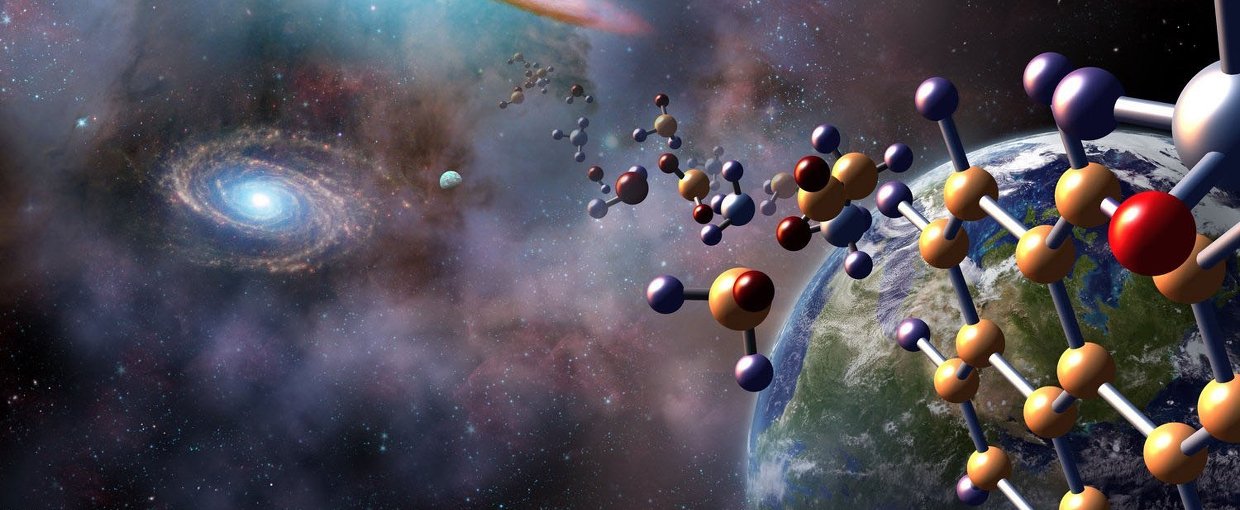
Finding conclusive evidence of primitive microbial life in multi-billion-year-old rocks is exceptionally difficult, as illustrated by doubt surrounding the interpretation of Earth’s earliest fossil record. Seeking evidence of ancient life on Mars is an even greater challenge – one that will be taken up by NASA’s ambitious new 2020 rover mission. 2020 builds on the success of the 2011 Curiosity rover and 2004 Mars Exploration Rovers, and is informed by tools and methods that helped resolve the mysteries of early life on Earth.
PIXL (Planetary Instrument for X-ray Lithochemistry) is a microfocus X-ray fluorescence spectrometer that will be mounted on the rover arm and used to make close-up measurements of rock chemistry. Elemental chemistry measurements have played a fundamental role in previous Mars rover missions, and PIXL will build on those discoveries with higher spatial resolution chemical mapping of rock and soil targets. PIXL can measure chemistry at sub-mm resolution (~125 micron spot size), compared to 17mm for APXS on Mars Science Laboratory’s Curiosity Rover. PIXL will use a micro-context camera and optical fiducial system to accurately correlate chemical variations to textures and microstructures.
This petrologic information will be important for robust assessment of past habitability, the potential for preservation of biosignatures, and seeking potential biosignatures of past life. The PIXL breadboard instrument has already been used extensively in astrobiological sample analyses on Earth, providing insights to how PIXL will help achieve the 2020 mission’s science objective to search for signs of past life on Mars.
 A Talk With Jim Green
A Talk With Jim Green What Can Extant Genomes Reveal About Early DNA Metabolism?
What Can Extant Genomes Reveal About Early DNA Metabolism? What We Talk About When We Talk About Earth's Oxygenation
What We Talk About When We Talk About Earth's Oxygenation Bowling With Astrobiologists: A Twisted Path Toward the Origin of DNA
Bowling With Astrobiologists: A Twisted Path Toward the Origin of DNA